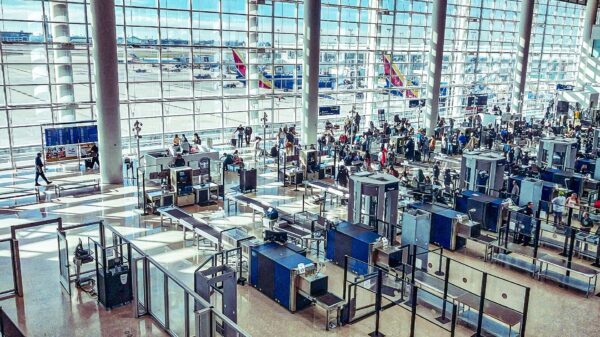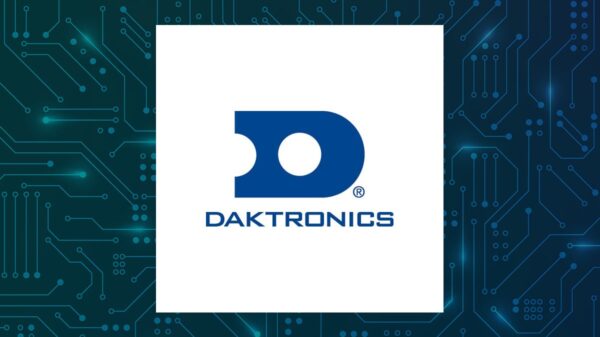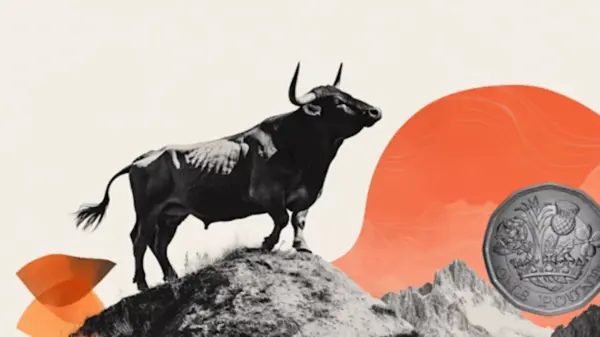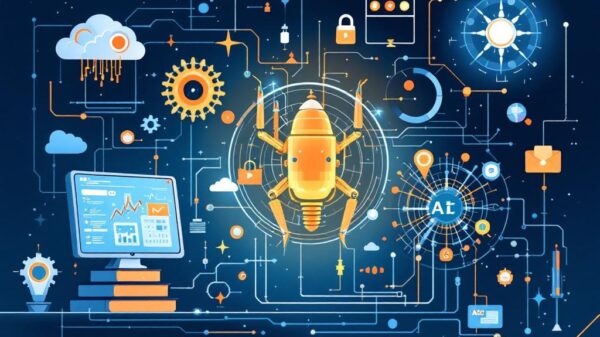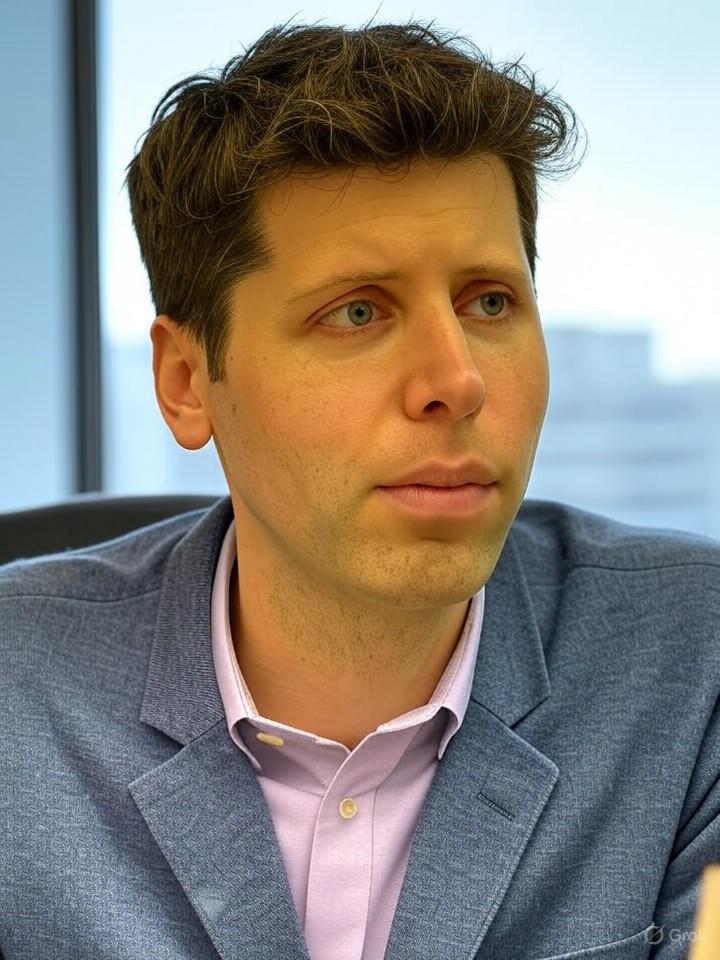OpenAI has acquired Statsig, a rapidly growing experimentation platform, in a deal valued at approximately $500 million. This acquisition is part of OpenAI’s ongoing strategy to enhance its engineering capabilities amid intensified competition in the artificial intelligence sector. By integrating Statsig’s features for A/B testing and feature flagging into its infrastructure, OpenAI aims to accelerate the development of models such as GPT-5.
Founded in 2021 by former Facebook engineers, Statsig has emerged as a key player for technology firms focused on optimizing product development. With this acquisition, OpenAI will absorb a team of over 100 specialists, which is expected to significantly improve its internal experimentation processes. As the demand for training large AI systems grows, this move reflects OpenAI’s urgent need to scale its operations effectively.
Leadership Changes and Strategic Shifts
The acquisition of Statsig coincides with notable changes in leadership at OpenAI. Recently, Fidji Simo, the former CEO of Instacart, was appointed to oversee ChatGPT operations. This shift allows Sam Altman, OpenAI’s CEO, to concentrate on broader, long-term AI projects. The evolution of Altman’s role signifies a transition from daily management to visionary leadership.
Challenges in the acquisition landscape are evident, as demonstrated by OpenAI’s failed bid for Windsurf, an AI coding startup. Concerns over intellectual property linked to Microsoft, OpenAI’s primary backer, led to the collapse of this deal. Consequently, Windsurf’s CEO, Varun Mohan, and key personnel opted to join Google instead, illustrating the complexities and rivalries within the AI industry.
Impacts on AI Ecosystem and Future Prospects
OpenAI’s acquisition of Statsig is part of a larger trend of consolidation within the technology sector. The company has previously secured a deal for Jony Ive‘s io Products Inc., aiming to innovate bespoke AI hardware. This strategic direction positions OpenAI to compete with established hardware giants such as Apple, combining software capabilities with physical products.
As the competition intensifies, OpenAI is implementing multimillion-dollar bonuses to retain top talent, acknowledging the high stakes in the ongoing AI talent wars. These exceptional financial incentives highlight the fierce demand for skilled engineers in the industry.
In a broader context, Altman has expressed concerns about a potential AI bubble reminiscent of the dot-com era. He cautions that inflated valuations could precipitate a market correction, a sentiment shared by many in the field. Coupled with increasing regulatory scrutiny—especially regarding Microsoft’s involvement—OpenAI must navigate a precarious landscape as it strives for innovation.
Looking ahead, the integration of Statsig’s technology could enhance OpenAI’s product launch capabilities. Yet, the challenges faced with unsuccessful acquisitions like Windsurf remind stakeholders that not all opportunities will materialize. As reported by TechCrunch, Google’s acquisition of Windsurf talent underscores the rapid shifts in competitive advantages within the industry.
As 2025 approaches, OpenAI’s aggressive acquisition strategy and leadership shifts will be critical in determining its market position. The evolution of AI firms into comprehensive ecosystems will shape the future of technology, making it essential for executives and investors to adapt to this dynamic environment.










